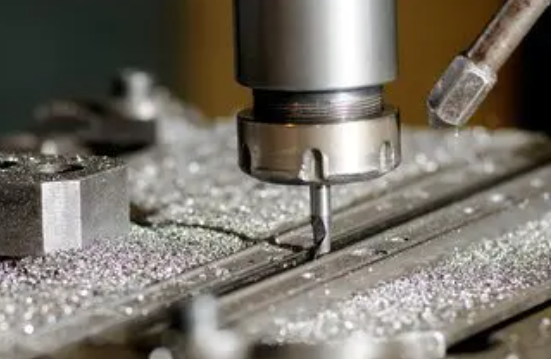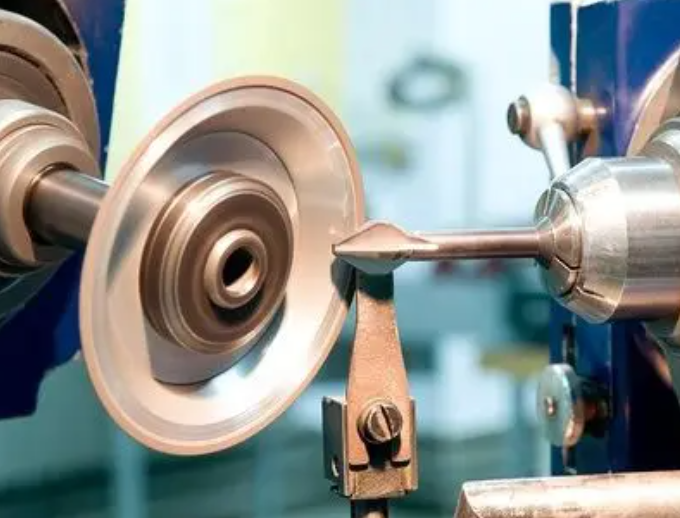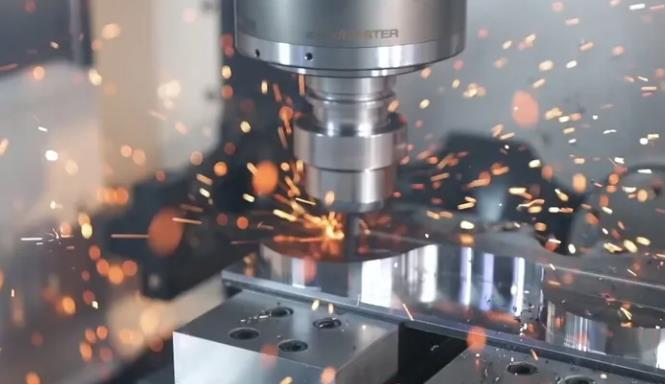- Feb 28, 2024
In the realm of modern manufacturing, CNC machining stands as a pillar of precision and efficiency. Within the confines of a machining shop, CNC (Computer Numerical Control) machining processes reign supreme, offering unparalleled capabilities in shaping raw materials into intricate components and parts. However, alongside CNC machining, alternative methods such as 3D printing service, metal fabrication, and metal 3D printing have emerged, each with its unique strengths and applications. Let's explore these manufacturing processes and their roles in shaping the industrial landscape.

CNC machining, a cornerstone of precision manufacturing, utilizes computer-controlled machinery to automate the shaping and cutting of materials with utmost accuracy. Within a machining shop, CNC mills and lathes operate tirelessly, transforming blocks of metal, plastic, or wood into finely crafted components. The process begins with a digital design, translated into machine-readable instructions that guide the CNC equipment through a series of precise movements. From milling to drilling to turning, CNC machining delivers parts with tight tolerances and complex geometries, making it indispensable in industries ranging from aerospace to automotive to medical.
In recent years, 3D printing service has emerged as a disruptive force in manufacturing, offering novel possibilities in rapid prototyping and low-volume production. Unlike traditional subtractive methods like CNC machining, which carve away material from a solid block, 3D printing builds objects layer by layer from digital designs. This additive approach allows for the creation of complex shapes and structures that would be impractical or impossible to achieve through conventional means. While 3D printing may not yet match the precision and surface finish of CNC machining, its versatility and speed make it a valuable tool in product development and customization.
Meanwhile, metal fabrication remains a stalwart in the manufacturing landscape, providing solutions for a wide range of industries and applications. From welding and bending to cutting and assembling, metal fabrication encompasses a diverse array of processes aimed at transforming raw materials into finished products. While CNC machining excels in producing high-precision components, metal fabrication offers versatility in handling large-scale projects and structural assemblies. Whether constructing bridges, buildings, or machinery, metal fabrication plays a vital role in shaping the infrastructure of modern society.

In the realm of advanced manufacturing, metal 3D printing has emerged as a groundbreaking technology, offering unprecedented possibilities in producing complex metal parts with exceptional precision. Also known as additive manufacturing, metal 3D printing utilizes specialized machines to fuse metal powders layer by layer, resulting in components with intricate geometries and superior mechanical properties. While still relatively nascent compared to traditional machining and fabrication methods, metal 3D printing holds immense potential in sectors such as aerospace, healthcare, and automotive, where lightweight yet durable parts are in high demand.
In conclusion, CNC machining, 3D printing service, metal fabrication, and metal 3D printing represent diverse yet complementary approaches to modern manufacturing. While CNC machining remains the go-to solution for precision components and mass production, 3D printing service offers agility and innovation in prototyping and customization. Meanwhile, metal fabrication and metal 3D printing cater to different ends of the manufacturing spectrum, providing solutions for both large-scale structures and intricate metal parts. Together, these processes form the backbone of industrial production, driving innovation and shaping the future of manufacturing.


